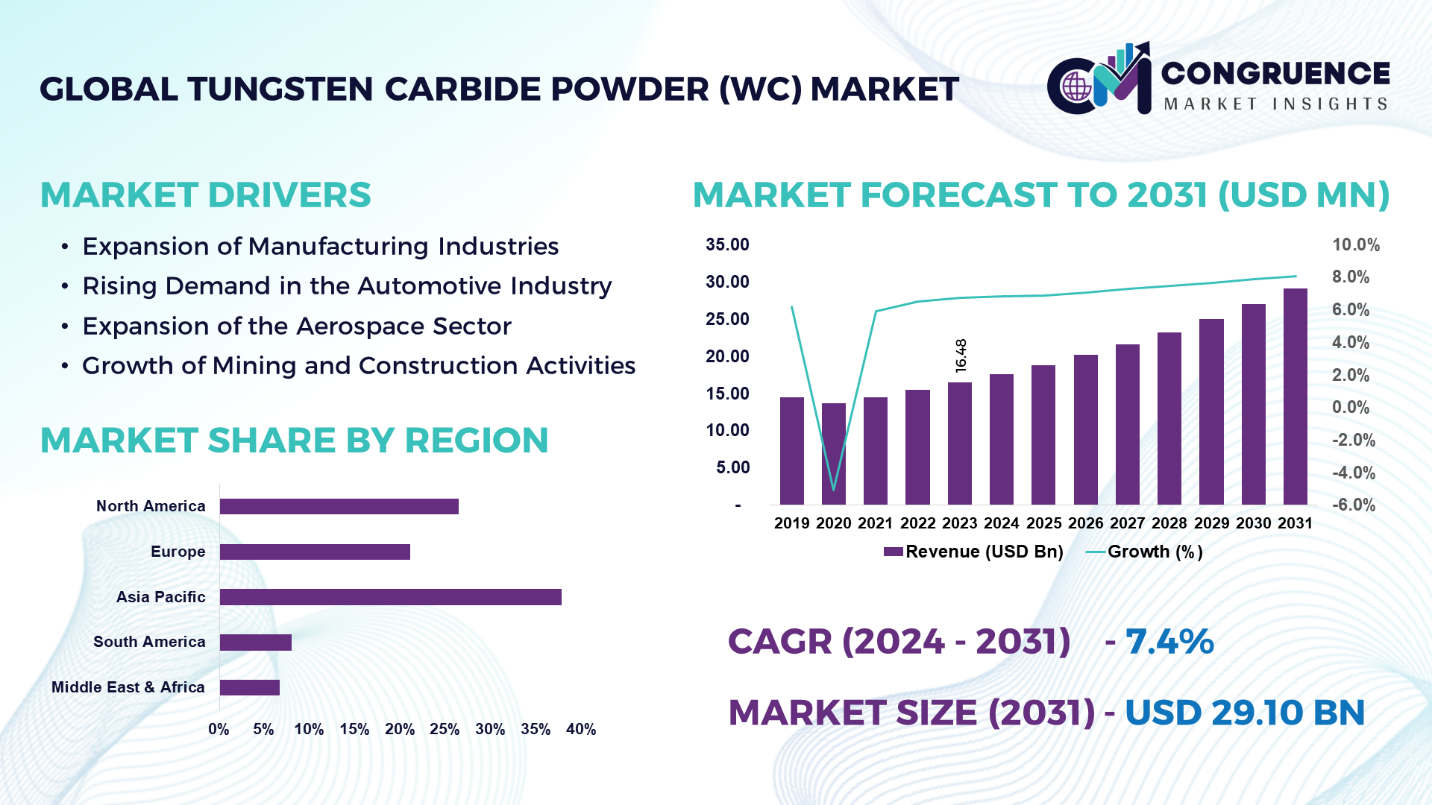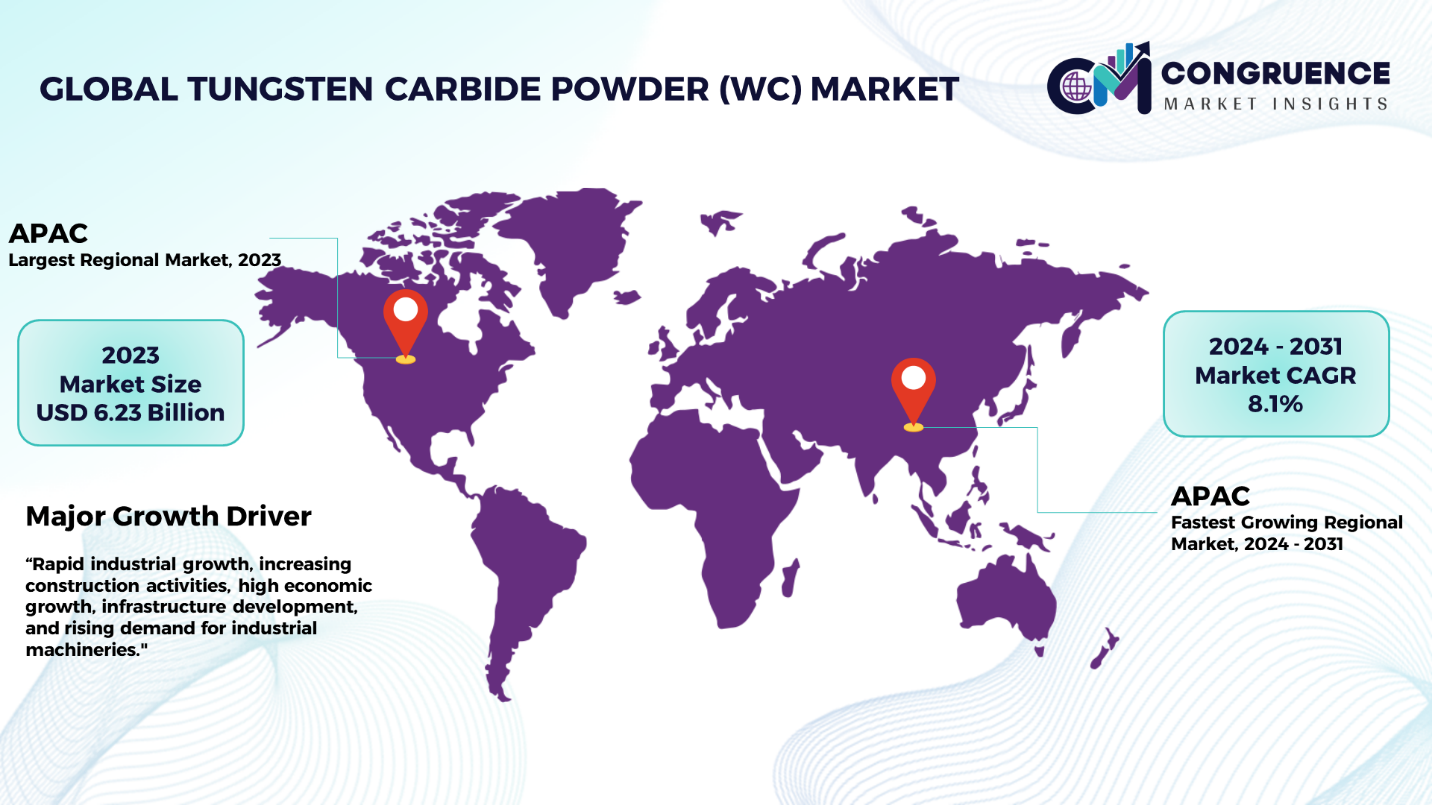Reports
The Global Autonomous Vehicles Market was valued at USD 473.6 Million in 2022 and is anticipated to reach a value of USD 1,297.4 Million by 2030 expanding at a CAGR of 13.5% between 2023 and 2030.
An autonomous vehicle, sometimes referred to as a driverless car, is one that can run without the need for human intervention. It may do necessary tasks by utilizing advanced built-in programs to sense and react to external circumstances and environments. Self-driving automobiles, or autonomous vehicles, have significantly changed automation and communication. To assist and automate driving tasks, modern technologies such as computers, cellphones, and the internet are being incorporated into cars. An autonomous vehicle may navigate a predetermined route without a driver by using a variety of sensors, cameras, radars, light detection and ranging (LiDARs), and AI algorithms. Computers, telephones, and wireless networks are examples of advanced technology and developments that work together in cars to support and operate themselves without the need for human participation. During the projection period, the market for autonomous cars will be driven by a growing demand for better automobile safety. Self-driving cars are becoming more and more popular as a result of an increase in traffic accidents brought on by driver error or a lack of safety features in cars.

Autonomous Vehicles Market Major Driving Forces
Increasing Road Accidents: There are more and more traffic accidents occurring every day. Human error, which happens in unpredictable situations and results in head-on crashes as the driver misinterprets the situation, is the main cause of accidents. Since autonomous cars are more sophisticated in technology than conventional cars and have a variety of navigating aids such as anti-collision, lane management, and navigation systems, in addition to being linked to a central processing and decision-making system, they are safer than traditional cars.
Technological Advancements: The automobile sector is undergoing a transformation owing to autonomous vehicles, which combine networking and sensor technologies. The BMW Group is making significant investments in R&D, with an emphasis on electrified and driverless vehicles. To develop cutting-edge technologies, businesses such as Tesla Motors, Nvidia, Waymo, Intel, and other manufacturers work with companies such as Audi. Toyota of Japan, as well as luxury automakers Mercedes and Tesla, conduct internal research to advance the field of autonomous vehicles.
Environmental Impact: The increasing environmental impact of traditional vehicle emissions has raised global temperatures and created health risks for people. Therefore, as autonomous vehicles become more common, it is anticipated that the percentage of pollution from cars and trucks will decline. This is for the reason that vehicles are using fuel efficiently and eco-friendlier automotive solutions, such as electric cars, are being employed.
Enhanced Efficiency: Artificial intelligence combined with autonomous vehicles is transforming the transportation sector. These cars reduce fuel waste during traffic jams by providing connected cars, improved telematics, and real-time traffic updates. Unlike human drivers, who frequently accelerate or decelerate abruptly, their efficiency primarily depends on proper acceleration and gear changes. Vehicle platooning also improves efficiency by lowering aerodynamic drag. In the future, efficiency will be further improved by the use of hybrid, pure electric, and hybrid electric technologies in autonomous cars and trucks. Energy savings are also facilitated by the sharing economy.
Autonomous Vehicles Market Key Opportunities
Vehicle Platooning: Advanced technology-equipped vehicles are arranged in a row under the high-speed vehicle platooning system. This technology decreases travel time, increases fuel efficiency, and improves vehicle and passenger safety. In 2018, the European government, in collaboration with DAF, Daimler, Iveco, MAN, Scania, and Volvo, initiated the "ENSEMBLE" project. Over the course of three years, the ENSEMBLE consortium will demonstrate multi-brand truck platooning and develop autonomous trucks for vehicle platooning. Through its subsidiary "Fuso," Daimler AG is also testing truck platooning in Japan. The demand for autonomous vehicles is predicted to increase as vehicle platooning is implemented more frequently.
Technological Advancements: Features such as adaptive headlights, passive cruise control, night vision, blind spot detection, self-parking, remote keyless entry, and autonomous features are all included in the autonomous cars. With its electric windows, rain-sensitive wipers, air conditioning, LED lighting, electric seats, and roof, it also provides comfort. Engine control, electrical power steering, and multiple braking systems are all part of the powertrain. Occupant detection and airbags are examples of safety features. Future opportunities will be facilitated by these cutting-edge technological features.
Opportunities for Insurance Companies: Automobile insurance is predicted to undergo a revolution as a result of autonomous vehicles, which will transfer ownership from owners to automakers. Since human error is to blame for over 90% of accidents, traditional insurance is meant to guard against such mishaps. Auto insurance is anticipated to decrease as self-driving cars become less likely to be involved in collisions. New insurances are being introduced to offer services rather than tangible goods, such as enhanced cyber-security, sensor insurance, and infrastructure insurance. Over the course of the forecast period, autonomous vehicles are predicted to cause an exponential increase in auto insurance.
Autonomous Vehicles Market Key Trends
· Ongoing advancements in artificial intelligence, connectivity, and sensor technologies.
· Increased cooperation to pool resources and expertise between startups, tech companies, and automakers.
· Establishing rules and guidelines to handle safety issues, testing procedures, and the incorporation of autonomous vehicles into the current transportation infrastructure.
· Increasing interest in self-driving cars as a component of mobility as a service (MaaS) models.
· Growing investments from established automakers as well as recent arrivals, demonstrating a strong conviction in the long-term potential
· Increasing understanding of the significance of cybersecurity measures in defending self-driving cars against possible cyberattacks.
Region-wise Market Insights
North America accounted for the largest market share at 40.2%% in 2022 whereas, Asia Pacific is expected to register the fastest growth, expanding at a CAGR of 14.7% between 2023 and 2030.

The North American region holds the largest market share of 40.2% in the global autonomous vehicles market, accounting USD 190.4 Million. In North America, the continuous innovation in sensor technologies and artificial intelligence is driving the development of autonomous vehicles. This innovation is facilitated by increased collaboration among automotive manufacturers, tech companies, and startups, resulting in faster development and deployment. Regulatory developments in the region are also evolving to address safety concerns and integrate autonomous vehicles into existing transportation systems. The rise of Mobility as a Service (MaaS) models is influencing traditional car ownership, emphasizing shared mobility solutions. Increasing investments from both traditional and new automotive players reflect the long-term potential of the autonomous vehicle market. Asia-Pacific region has registered the highest growth rate of CAGR 14.7%. The swift integration of autonomous vehicles in the Asia-Pacific area is propelled by governmental policies and incentives, in addition to tactical alliances and cooperative efforts among domestic automakers, global technology corporations, and other stakeholders. As a result, more money is being spent on communication networks and smart city systems as well as other infrastructure to help integrate autonomous cars into already-existing urban settings. The region's shifting lifestyles and expanding middle class have also raised demand for cutting-edge mobility solutions, such as autonomous cars. One of the main components of these development initiatives is the emphasis on electric and autonomous vehicle technologies along with clean and sustainable transportation.
Market Competition Landscape
Both domestic and foreign competitors define the competitive landscape of the autonomous vehicle market. In order to bolster their position in the market and increase their capabilities, larger companies have purchased smaller businesses. To increase the effectiveness of projects, safety, and environmental sustainability, regional players offering a variety of goods and services have surfaced. New technologies are being used to improve the safety and efficiency of projects. Companies with a broad geographic reach can reach a range of markets and add diversity to their portfolio of projects. Local pipeline contractors have an advantage over rivals in their particular marketplaces since they are acquainted with local regulations and cultural quirks. Prominent entities within the worldwide autonomous vehicle industry employ diverse tactics to fortify and enhance their market standing. Prominent players in the market include:
· Tesla, Inc.
· Waymo (Alphabet Inc.)
· General Motors (GM)
· Uber Technologies Inc.
· Apple Inc.
· Ford Motor Company
· Baidu Inc.
· Toyota Motor Corporation
· Hyundai Motor Group
· Nuro
· DiDi Chuxing
· Sony Corporation
· Tata Motors
With its headquarters located in Palo Alto, California, Tesla is a prominent clean energy and electric vehicle (EV) company. Elon Musk founded Tesla, a company well-known for its cutting-edge approaches to solar products, energy storage, and electric cars. The Autopilot feature, a sophisticated driver-assistance system that permits partial self-driving capabilities, is one of its most notable contributions to the autonomous vehicle landscape.
With its headquarters in India, Tata Motors is a well-known automaker with a presence all over the world. Tata Motors has been actively contributing to the advancement of technology for driverless vehicles. The business has demonstrated its dedication to sustainability and innovation by coordinating its initiatives with the global transition to electric and driverless transportation. Within the framework of smart transportation and urban mobility, Tata Motors has investigated autonomous solutions.
|
Report Attribute/Metric |
Details |
|
Market Revenue in 2022 |
USD 473.6 Million |
|
Market Revenue in 2030 |
USD 1,297.4 Million |
|
CAGR (2023 – 2030) |
13.5% |
|
Base Year |
2022 |
|
Forecast Period |
2023 – 2030 |
|
Historical Data |
2018 to 2022 |
|
Forecast Unit |
Value (US$ Mn) |
|
Key Report Deliverable |
Revenue Forecast, Growth Trends, Market Dynamics, Segmental Overview, Regional and Country-wise Analysis, Competition Landscape |
|
Segments Covered |
· By Type (Semi-Autonomous, Fully Autonomous) · By Vehicle Type (Commercial Vehicles, Passenger Cars) · By Application (Civil, Defense, Transportation & Logistics, Construction) · By Component (Camera Unit, LiDAR, Radar Sensor, Ultrasonic Sensor, Infrared Sensor) · By Level of Automation (Level 1, Level 2, Level 3, Level 4, Level 5) |
|
Geographies Covered |
North America: U.S., Canada and Mexico Europe: Germany, France, U.K., Italy, Spain, and Rest of Europe Asia Pacific: China, India, Japan, South Korea, Southeast Asia, and Rest of Asia Pacific South America: Brazil, Argentina, and Rest of Latin America Middle East & Africa: GCC Countries, South Africa, and Rest of Middle East & Africa |
|
Key Players Analyzed |
Tesla, Inc., Waymo (Alphabet Inc.), General Motors (GM), Uber Technologies Inc., Apple Inc., Ford Motor Company, Baidu Inc., Toyota Motor Corporation, Hyundai Motor Group, Nuro, DiDi Chuxing, Sony Corporation, Tata Motors |
|
Customization & Pricing |
Available on Request (10% Customization is Free) |
